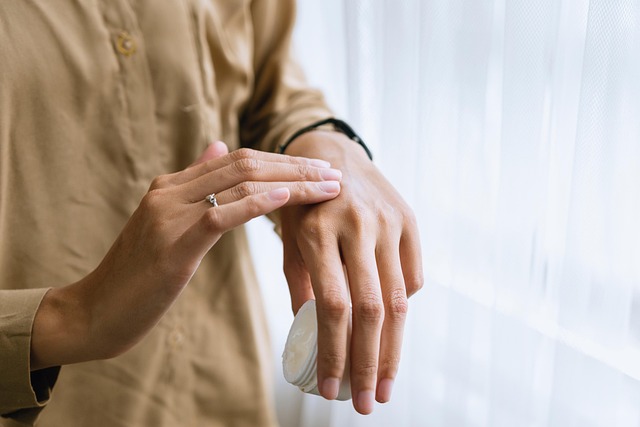Adjusting routines by climate to maintain skin moisture and mobility
Climate affects both skin moisture and physical mobility. This article outlines practical routine adjustments—covering skincare, hydration, exercise, nutrition, posture, and recovery—to help maintain healthy skin and consistent mobility whether you live in humid, dry, hot, or cold conditions.

Adapting daily habits to local climate patterns helps preserve skin moisture and sustain mobility. Temperature, humidity, wind, and seasonal shifts influence hydration, circulation, and tissue elasticity, so small changes in skincare, exercise, nutrition, and sleep can reduce irritation, stiffness, and energy dips. The guidance below covers practical routines and mindset shifts that support long-term wellness without relying on one-size-fits-all prescriptions.
This article is for informational purposes only and should not be considered medical advice. Please consult a qualified healthcare professional for personalized guidance and treatment.
How should skincare change with climate?
In humid climates, lighter, non-comedogenic moisturizers and gel-based products help balance oil production without stripping the skin. In dry or cold climates, use richer creams with humectants like hyaluronic acid and occlusives such as petrolatum or plant oils to lock in moisture. Pay attention to circulation: gentle facial massage and regular movement increase blood flow and nutrient delivery to the skin. Include SPF year-round to protect barrier function, and consider a gentle exfoliant in moderation to remove buildup without compromising hydration.
What hydration habits suit different climates?
Hydration strategies go beyond drinking water; they include dietary electrolytes, topical hydration, and indoor humidity management. In hot, humid areas aim for steady fluid intake and electrolyte replacement during extended exertion to support endurance and metabolism. In dry or heated indoor environments, use humidifiers, layer topical occlusives at night, and include hydrating foods like soups, fruits, and vegetables. Sleep and stress affect thirst signals, so prioritize regular sleep to regulate thirst and support circulation and recovery.
How to maintain mobility across seasons?
Seasonal mobility needs vary: cold muscles are more prone to stiffness, while heat can cause fatigue and altered posture. Daily dynamic stretching warms tissues before exertion and static stretching aids recovery afterwards. Incorporate mobility-focused routines that address posture, joint range, and soft-tissue health—short morning mobility circuits and evening stretching can prevent stiffness. Regular toning and low-load strength work support joint stability, while mindful attention to posture during sitting and standing reduces chronic strain.
How to adapt exercise and endurance routines?
Adjust exercise intensity and timing to match climate: schedule endurance or high-intensity sessions for cooler parts of the day in hot regions and moderate intensity with longer warm-ups in cold areas. Cross-train to maintain toning and circulation when weather limits outdoor activity—indoor cardio, resistance bands, or pool sessions preserve fitness while reducing joint stress. Monitor recovery markers like sleep quality, perceived exertion, and soreness to balance training volume with climate-related strain.
How can nutrition support skin and recovery?
Nutrition fuels tissue repair, circulation, and metabolism. In dry climates prioritize omega-3 fats and vitamin-rich produce to support barrier function; in hot climates emphasize electrolyte balance and foods that support hydration. Protein intake supports recovery and toning by providing amino acids for muscle repair. Antioxidant-rich foods and adequate micronutrients help skin resilience and circulation. Timing meals around activity and ensuring steady carbohydrate availability for endurance sessions helps maintain energy without taxing recovery.
How to integrate mindfulness, posture, and sleep?
Mindfulness practices reduce stress-related inflammation that can affect both skin and mobility. Short breathing sessions, progressive muscle relaxation, or mindful stretching improve posture awareness and help reset tense patterns that compromise mobility. Prioritize sleep routines that align with local daylight and temperature—cooler environments often support deeper sleep, which aids recovery and metabolism. Consistent sleep and mindful breaks during the day improve posture, reduce repetitive strain, and support long-term wellness.
Conclusion
Climate-aware routines combine practical skincare choices, targeted hydration, adaptive exercise programming, and nutrition that supports recovery and circulation. Regular mobility work, posture attention, and stress management via mindfulness and sleep optimization help maintain both skin moisture and functional movement across seasons. Small, consistent adjustments tailored to local conditions create resilient habits that preserve comfort and long-term wellbeing.





